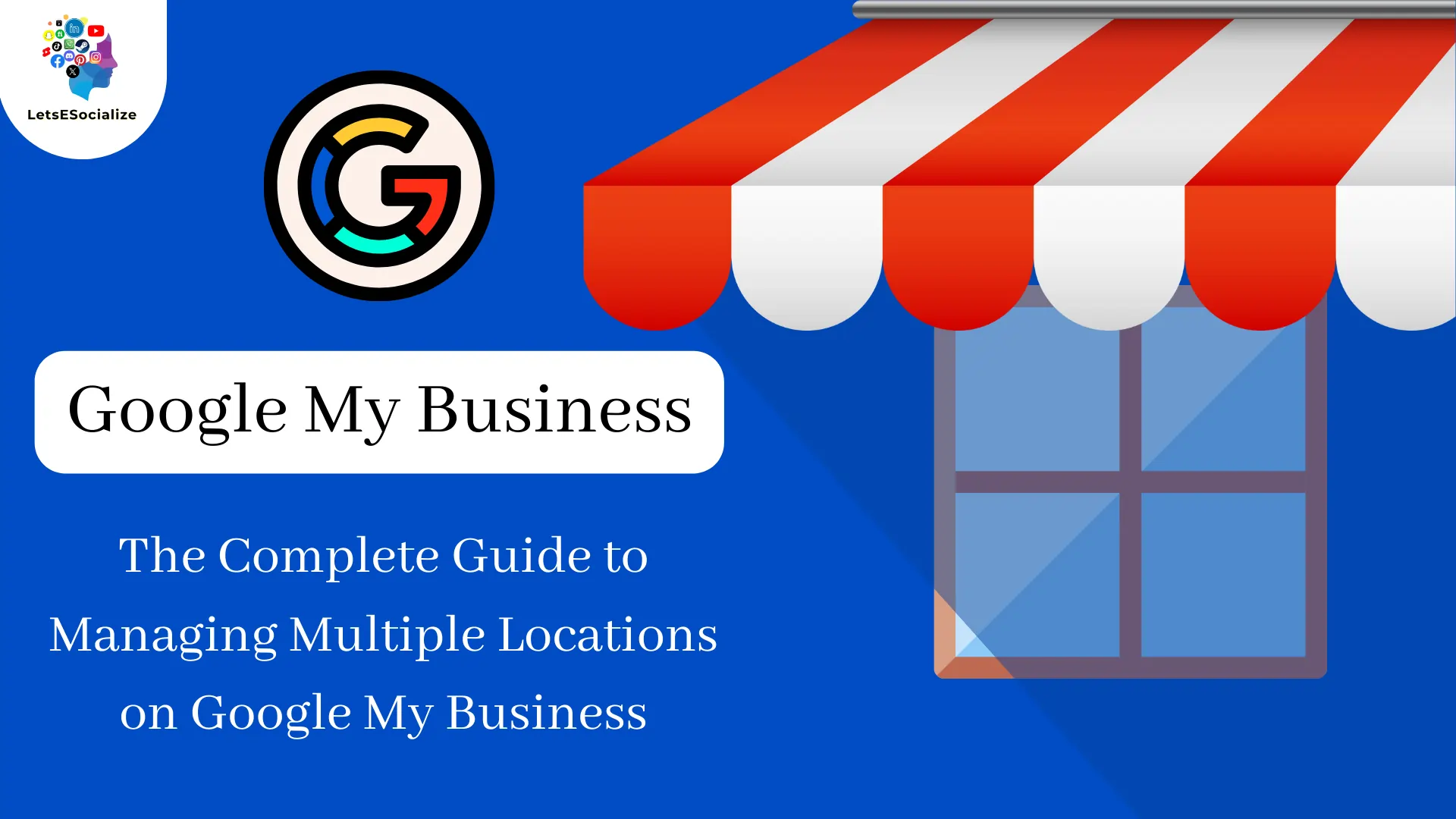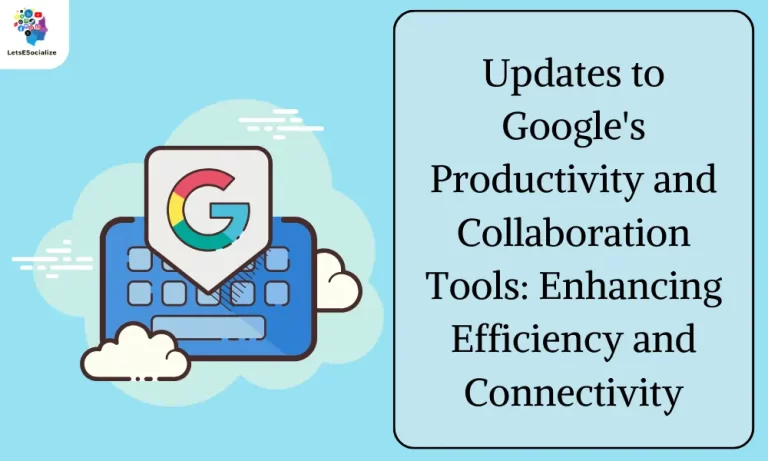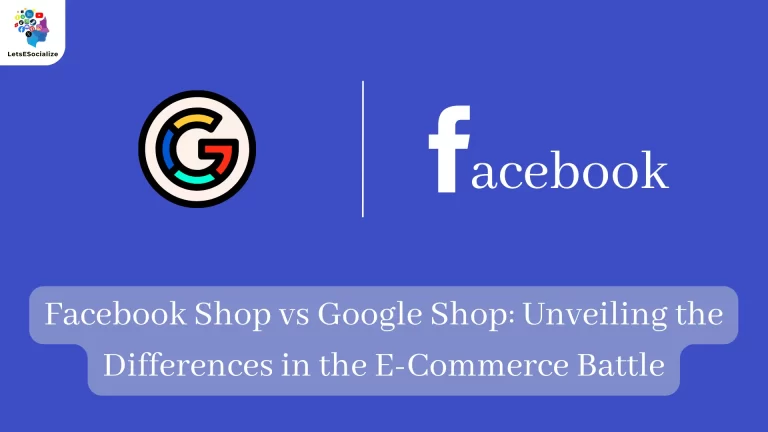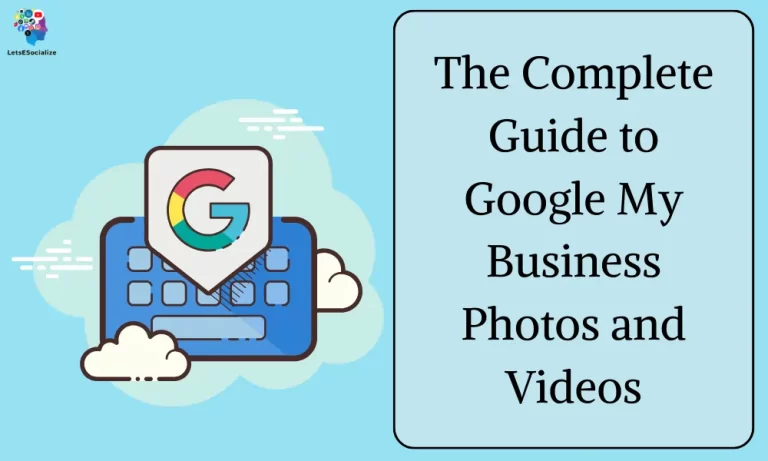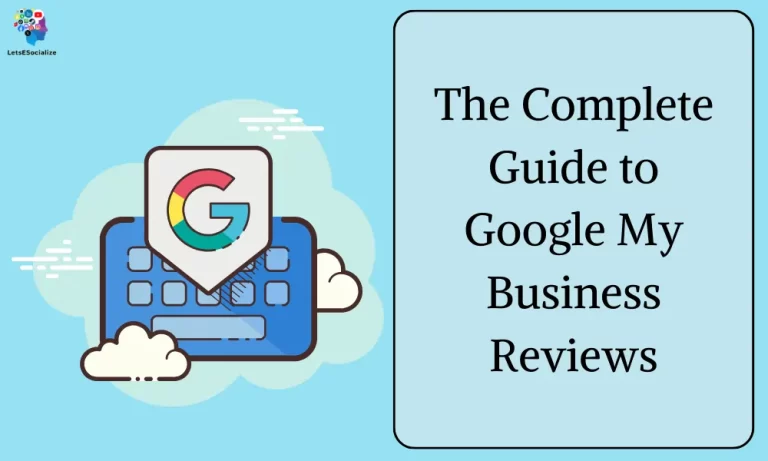For businesses with more than one physical location, Google My Business (GMB) is essential for connecting with local customers. However, Managing Multiple Locations on Google My Business requires careful setup and ongoing optimization.
Table of Contents
Chapter 1 – Initial Setup Considerations for Multi-Location Brands
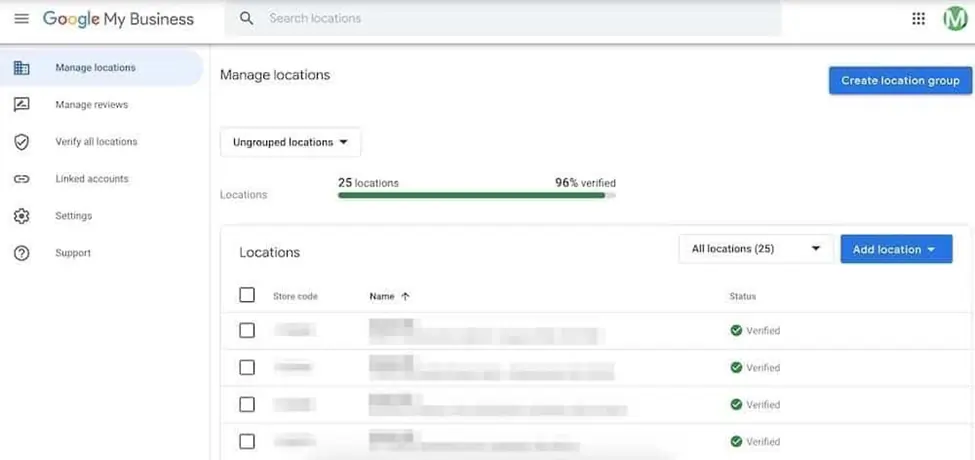
Managing Google My Business (GMB) listings for multiple locations requires a strategic approach. Here are key considerations for the initial setup:
1. Information Consistency:
- Standardize business information: Ensure name, address, phone number, category, description, website, and photos are consistent across all locations.
- Use location-specific details: Include unique phone numbers and addresses for each location, even if they share the same brand name.
- Optimize descriptions: Tailor location descriptions to highlight local offerings, events, or USPs.
2. Location Management:
- Bulk upload or API for efficient setup: Consider bulk uploading your locations through spreadsheets or GMB API for faster initial setup.
- Group locations efficiently: If you have many locations, consider grouping them by city, region, or brand type for better organization.
- Assign individual managers: Delegate management of each location listing to someone familiar with the specific location and its target audience.
3. User Experience:
- Link locations together: If appropriate, link your locations together to showcase your brand network and allow users to easily find nearby branches.
- Localize content: Consider offering location-specific content like menus, events, or promotions.
- Respond to reviews promptly: Address both positive and negative reviews promptly and consistently across all locations.
4. Advanced Techniques:
- Manage listings at scale: Explore GMB My Business Manager for managing numerous locations, assigning roles, and tracking performance.
- Multilingual support: If you have multilingual locations, utilize GMB’s multilingual features to display information in relevant languages.
- Utilize local inventory ads: Advertise location-specific product availability and drive in-store purchases.
Additional Tips:
- Regularly audit your listings: Ensure information accuracy and update content as needed.
- Monitor performance: Track key metrics like views, engagement, and website clicks to understand user behavior and optimize your listings.
- Leverage GMB insights: Analyze data to identify top-performing locations, popular searches, and areas for improvement.
- Seek expert help: Consider GMB management agencies if you have complex needs or limited internal resources.
By following these initial setup considerations, you can create a strong foundation for managing your multi-location brand’s GMB presence, fostering positive user experiences, and driving success across all your locations.
Also Read – The Complete Guide to Managing Your Google My Business Listing on Mobile 2024
Also Read – Getting Insider Tips from Google My Business Product Experts
Chapter 2 – Managing Duplicate and Inaccurate Listings
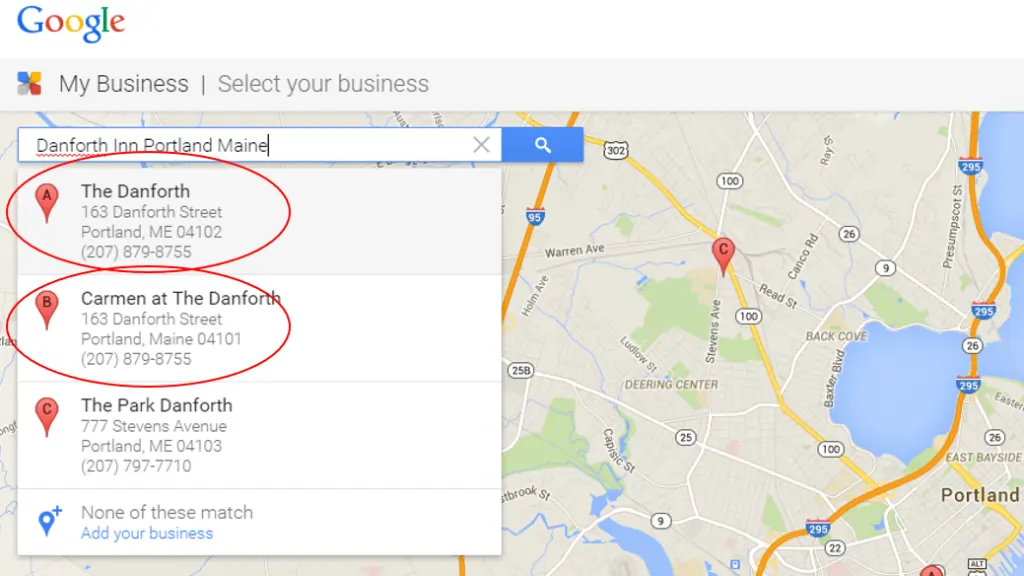
Dealing with duplicate and inaccurate listings on Google My Business (GMB) can be frustrating, but taking proactive steps can help you regain control and maintain a consistent online presence. Here’s a breakdown of how to manage these issues:
Identifying Duplicates:
- Utilize Google My Business: Check the “Manage locations” section within your GMB dashboard. Identify any duplicate listings by name, address, or phone number.
- Conduct online searches: Search for your business name and address variations on Google Maps and other online directories. Look for potential duplicates.
- Monitor customer reviews: If customers mention incorrect locations or listings in their reviews, investigate those leads.
Removing Duplicates:
- Claim and verify the accurate listing: Ensure you have ownership of the accurate listing you want to keep.
- Report the duplicate listing: Use the “Suggest an edit” feature on Google Maps to mark the duplicate as “Closed” or request its removal.
- Contact Google My Business Support: If self-service options fail, directly contact Google My Business Support for assistance with duplicate removal.
Addressing Inaccurate Listings:
- Claim and verify the listing: Gain control of the listing to modify and update inaccurate information.
- Edit your business information: Ensure all details like name, address, phone number, website, category, description, and hours of operation are accurate and up-to-date.
- Request data corrections: If you encounter inaccurate information you cannot edit, reach out to Google My Business Support for assistance.
Additional Tips:
- Be proactive: Regularly monitor your GMB listings and online presence to identify potential duplicates or inaccuracies.
- Act promptly: The sooner you address duplicates or inaccuracies, the less confusion you create for potential customers.
- Maintain consistency: Ensure accurate and consistent information across all your online listings and directories.
- Encourage customer reviews: Positive reviews on the accurate listing can help strengthen its ranking and visibility.
- Consider professional help: For complex situations or multiple duplicate listings, consider seeking help from a GMB management agency.
By taking these steps and remaining vigilant, you can effectively manage duplicate and inaccurate listings on Google My Business, ensuring your customers find the correct information and have a positive experience with your brand.
Chapter 3 – Optimizing Per-Location Information and Attributes
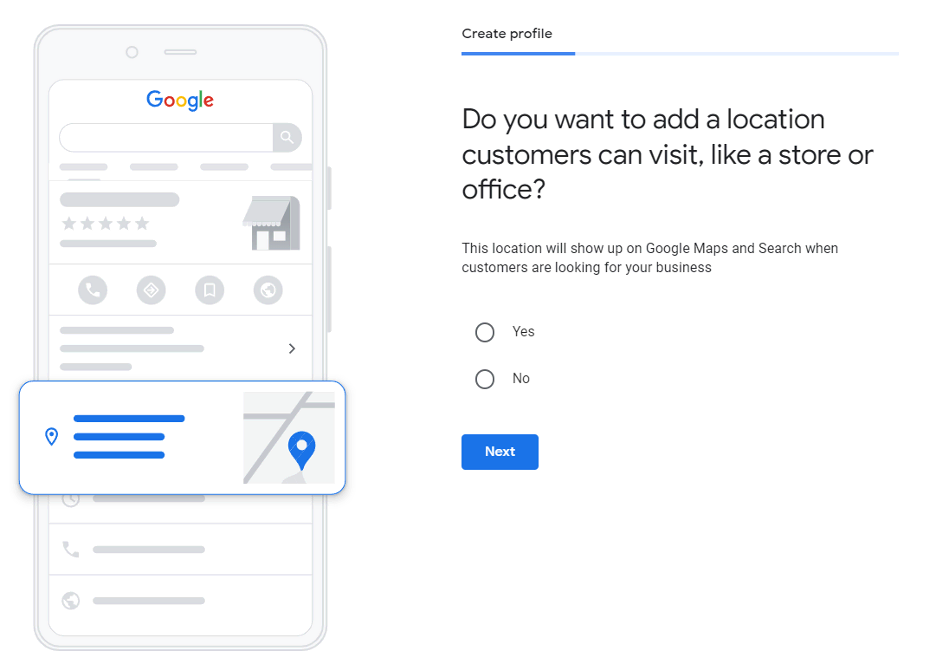
Optimizing your Google My Business (GMB) information and attributes by location is crucial for maximizing local visibility and attracting customers. Here are some key tips for optimizing each location:
Business Information:
- Accuracy: Ensure all information like name, address, phone number, website, and hours of operation are accurate and consistent across online directories.
- Consistency: Use the same business name across all locations, even if your brand has variations.
- Category Selection: Choose the primary category that best describes each location’s core business and add relevant subcategories for further precision.
- Description: Craft a unique and informative description for each location highlighting their unique offerings, services, and USPs. Optimize for keyword inclusion and mobile display.
- Photos and Videos: Use high-quality photos and videos showcasing the interior, exterior, atmosphere, staff, and products/services unique to each location.
- Highlights: Select relevant business highlights like “locally owned,” “family-friendly,” or “women-owned” for each location based on their specific attributes.
Attributes:
- Relevance: Choose attributes that accurately describe each location’s features and amenities, like wheelchair accessibility, free Wi-Fi, pet-friendliness, or contactless payment options.
- Granularity: Utilize specific attributes beyond generic ones. For example, instead of just “restaurant,” specify if you offer dine-in, takeout, delivery, or specific cuisines.
- Uniqueness: Highlight unique offerings like outdoor seating, live music, or special events to differentiate your location from competitors.
- Local Context: Consider local preferences and needs when selecting attributes. For example, a bike repair shop might highlight bike parking availability in a cycling-friendly city.
Additional Tips:
- Regularly update information: Keep your information current, especially during holidays or when specific offerings change.
- Monitor reviews and Q&A: Address customer questions and concerns promptly, showcasing responsiveness and commitment to customer satisfaction.
- Localize content: Consider incorporating local language variations or references in your descriptions and attributes if relevant.
- Track performance: Analyze location-specific GMB insights to understand what resonates with customers and adjust your information and attributes accordingly.
- Consider professional help: For complex needs or multiple locations, explore GMB management platforms for easier attribute management and data analysis.
Remember, consistency, accuracy, and relevance are key. By tailoring your information and attributes to each location’s unique offerings and local context, you can significantly improve your visibility in local search results and attract more customers to each of your businesses.
Chapter 4 – Promoting Location-Specific Offers and Events

Promoting location-specific offers and events on your Google My Business (GMB) profile is a fantastic way to engage your local audience and drive foot traffic to your business. Here are some key strategies to maximize your efforts:
Leverage GMB Features:
- Google Posts: Create engaging posts specifically highlighting your offers and events. Use high-quality visuals, clear descriptions, and strong calls to action (CTAs) like “Book Now” or “Learn More.”
- Offers: Utilize the dedicated “Offers” section to advertise limited-time promotions, discounts, or special deals available at specific locations. Include clear start and end dates, terms and conditions, and a compelling CTA.
- Events: Announce upcoming events through the “Events” section. Provide detailed information like date, time, location, description, registration link (if applicable), and visuals.
Content Optimization:
- Highlight local relevance: Clearly state the offer or event is specific to a particular location. Use location-specific keywords in titles and descriptions.
- Personalize your message: Tailor your communication to resonate with your local audience. Consider local interests, events, or trends when crafting your message.
- Emphasize urgency and scarcity: Use time-sensitive offers and limited quantities to create a sense of urgency and encourage immediate action.
- Showcase visuals: Utilize eye-catching photos or videos that capture the essence of your offer or event.
Promotion Beyond GMB:
- Share your listing and posts: Promote your GMB profile and relevant posts on your social media platforms, website, and email marketing campaigns.
- Run targeted local ads: Consider Google Ads campaigns targeting users searching for relevant keywords in your area.
- Partner with local influencers: Collaborate with local social media personalities who align with your brand to promote your offers and events to their audience.
- Utilize location-based marketing tools: Explore platforms like Facebook Local Awareness Ads or Instagram Location Stickers to increase reach in your immediate area.
Track and Analyze:
- Monitor GMB Insights: Track engagement metrics like views, clicks, and website visits to understand how your promotions resonate with your audience.
- Analyze offer performance: Use the “Performance” section of the “Offers” tab to assess which offers are driving the most interest and conversions.
- Review event attendance: Track RSVPs and actual attendance to measure the success of your events.
- Refine your approach: Based on your analysis, adjust your promotional strategies for future offers and events, optimizing your approach for better results.
By effectively utilizing GMB features, crafting compelling content, promoting beyond the platform, and tracking your performance, you can unlock the potential of GMB to reach local customers and generate excitement around your location-specific offers and events. Remember, consistency, creativity, and data-driven optimization are key to success!
Chapter 5 – Driving Reviews and Engagement Across Locations
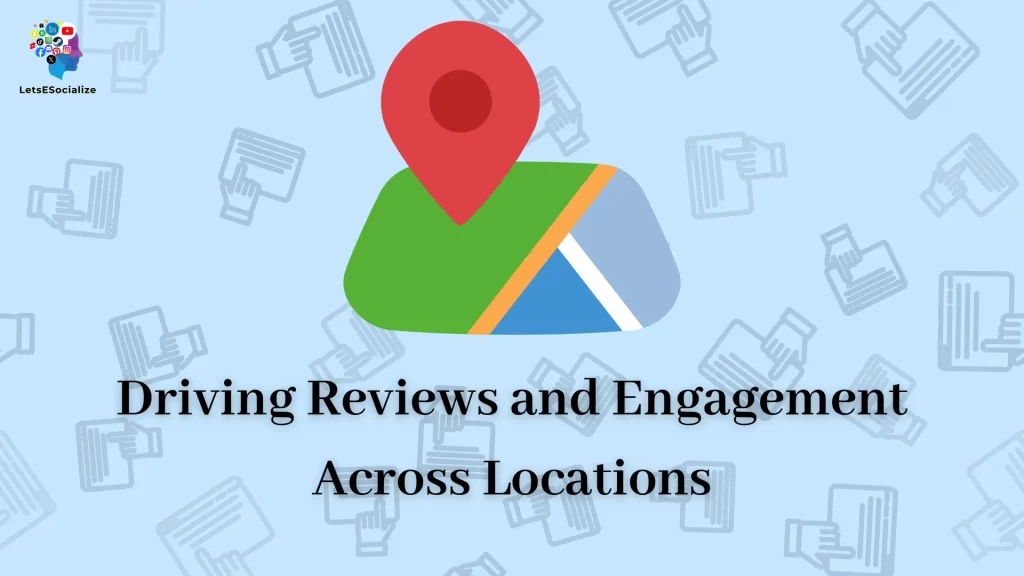
Encouraging positive reviews and consistent engagement across your multi-location GMB profiles requires a strategic approach. Here are some key tactics to implement:
Standardize Your Request Process:
- Create a universal review request template: Craft a clear and concise message requesting customers to leave reviews on your GMB profile. Customize it slightly for each location to mention their specific name or address.
- Train your staff: Empower your employees to politely ask customers to leave reviews after positive experiences. Provide them with the review request template and instructions.
- Utilize signage and in-store materials: Display signs or posters near checkout areas or exit points reminding customers to leave reviews with QR codes linking directly to your GMB profile.
- Integrate review requests into email receipts: Include a review request with a direct link in your digital or print receipts.
- Offer incentives (cautiously): Consider offering small incentives like loyalty points or discounts for leaving reviews, adhering to Google’s guidelines to avoid skewing results.
Personalize Engagement Across Locations:
- Respond to all reviews promptly and professionally: Address both positive and negative reviews on each location’s profile, showcasing your commitment to customer feedback.
- Highlight location-specific achievements or events: Share unique stories, awards, or community involvement specific to each location within your Google Posts.
- Run location-specific contests or giveaways: Encourage engagement by offering location-specific rewards for participating in contests or challenges.
- Partner with local influencers: Collaborate with local social media personalities to promote each location and encourage their followers to leave reviews.
- Encourage local Q&A participation: Actively answer location-specific questions to showcase your expertise and build trust with potential customers.
Utilize GMB Management Tools:
- Consider GMB management platforms: If you have numerous locations, explore platforms like Brandify or SOCi to streamline review management, respond to feedback efficiently, and gain insights across all locations.
- Leverage GMB My Business Manager: If you manage multiple accounts, take advantage of My Business Manager to group locations, assign roles, and track performance metrics easily.
Track and Analyze:
- Monitor individual location performance: Track key metrics like reviews, engagement, and website clicks for each location to identify areas for improvement.
- Compare location performance: Analyze how different locations are performing in terms of review quantity and sentiment, engagement, and website visits.
- Adapt your strategies: Based on your analysis, adjust your review request methods, engagement content, and promotional efforts to cater to the specific needs and preferences of each location’s audience.
Remember, consistency, personalization, and data-driven analysis are key to driving positive reviews and engagement across your multi-location GMB profiles. By implementing these tactics and tailoring your approach to each location, you can foster a thriving online presence and attract more customers to your businesses.
Chapter 6 – Monitoring Insights and Results by Location
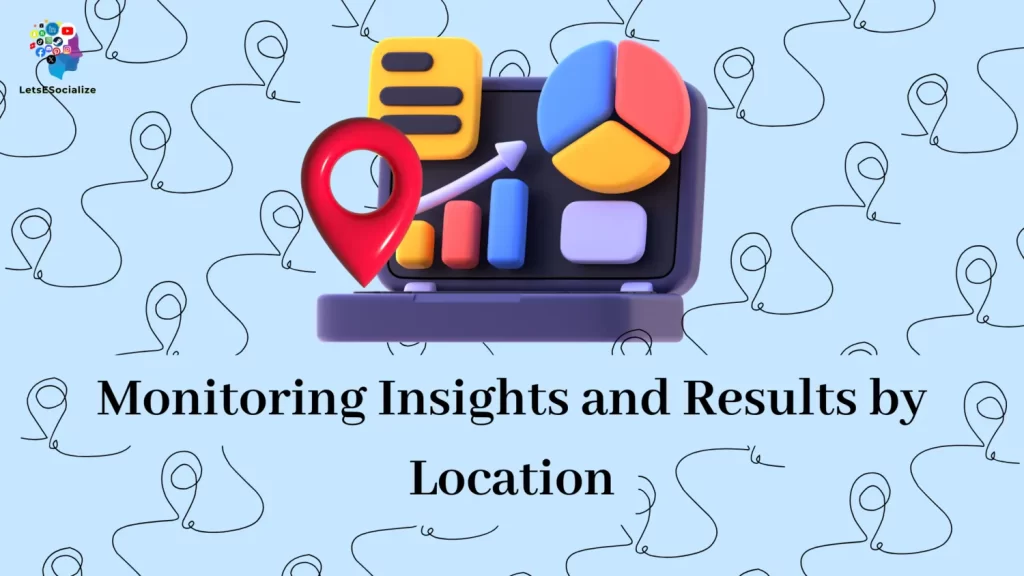
Monitoring insights and results by location on GMB is crucial for understanding your multi-location brand’s performance, identifying opportunities for improvement, and optimizing your strategy for each location. Here are some key steps to follow:
Data Sources:
- GMB Insights: This built-in tool provides valuable data on discovery, direct, and branded searches, profile views, website clicks, phone calls, messages, and engagement with Google Posts. Access insights for each location individually or compare them across all locations.
- My Business Manager Reports: If you manage multiple locations, utilize My Business Manager to generate location-specific reports on key metrics like views, clicks, and website visits.
- Third-party tools: Consider GMB management platforms like Brandify or SOCi that offer deeper analytics, sentiment analysis, and competitive benchmarking across your locations.
Key Metrics to Monitor:
- Discovery, Direct & Branded Searches: Analyze how each location is found on Google Maps and Search, identifying locations with lower visibility that might require optimization.
- Profile Views & Website Clicks: Track how often users view your listings and click through to your website, indicating locations needing improved content or engagement strategies.
- Phone Calls & Messages: Monitor incoming calls and messages for each location to gauge customer interest and identify areas with high demand or communication issues.
- Post Engagement: Assess how your Google Posts perform across locations, measuring reactions, comments, and shares to understand what content resonates with different audiences.
- Customer Reviews: Analyze review volume, sentiment, and responses by location to identify strengths, weaknesses, and areas for improvement in customer experience.
Actionable Insights:
- Low discovery searches?: Optimize location descriptions, categories, and attributes for relevant keywords.
- Few profile views?: Enhance photos, descriptions, and Google Posts to attract attention.
- High website clicks but low conversions?: Improve website landing pages or offers specific to each location.
- Negative reviews at a location?: Respond promptly and address customer concerns to improve perception.
- Location-specific trends?: Tailor content, offers, and events to cater to local preferences and interests.
Additional Tips:
- Set location-specific goals: Establish measurable objectives for each location based on their unique strengths, challenges, and target audience.
- Schedule regular reporting: Conduct regular insights analysis (weekly, monthly) to track progress and identify areas for adjustment.
- Compare & contrast locations: Benchmark the performance of different locations to identify best practices and opportunities for improvement across the board.
- Use insights to inform local SEO: Leverage insights to identify relevant keywords and optimize online presence for each location.
- Adapt your strategy: Based on your analysis, tailor your content, promotional efforts, and engagement strategies to cater to the specific needs and preferences of each location’s audience.
By diligently monitoring insights and results by location, you gain valuable insights into your multi-location brand’s performance, enabling you to make data-driven decisions and optimize your GMB strategy for success at each location.
Also Read – Google My Business and User-Generated Content 2024
Also Read – Google My Business and Service Area Businesses 2024
Conclusion
Managing multiple locations on Google My Business requires diligent setup, monitoring, and promotion. But the payoff of enhanced local visibility across all your physical branches is immense.
Use this guide to control your local search presence across locations. With strategic optimization and customer engagement, your locations can attract relevant nearby searchers that drive real-world sales. Dominate local search results, one location at a time.

